
The Roman city gate Porta Nigra in Trier, Germany. It is the finest surviving Roman building north of the Alps. Construction began after 170AD. In 1030 Saint Simeon was enclosed in a cell there. He died 5 years later and was buried in his cell. Miracles were reported at his tomb shortly after. 🏺
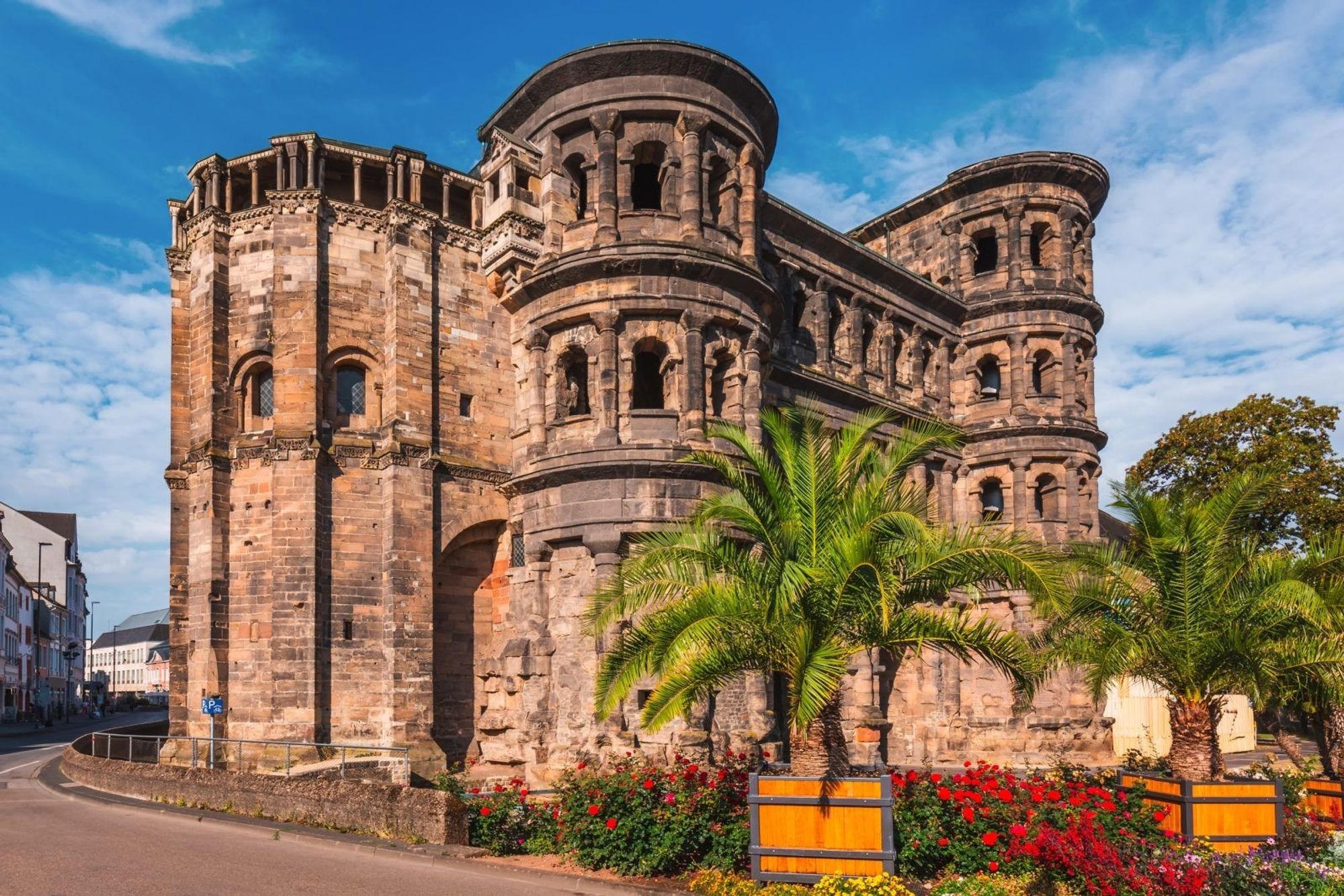
The giant Basalt lion sculpture from the Ain Dara temple complex in Syria. The temple itself dates from around the 13th century BC and was discovered in 1955. The site was largely destroyed in 2018/19 and the lion sculpture was stolen, it’s condition and whereabouts are now unknown. ancientbluesky 🏺
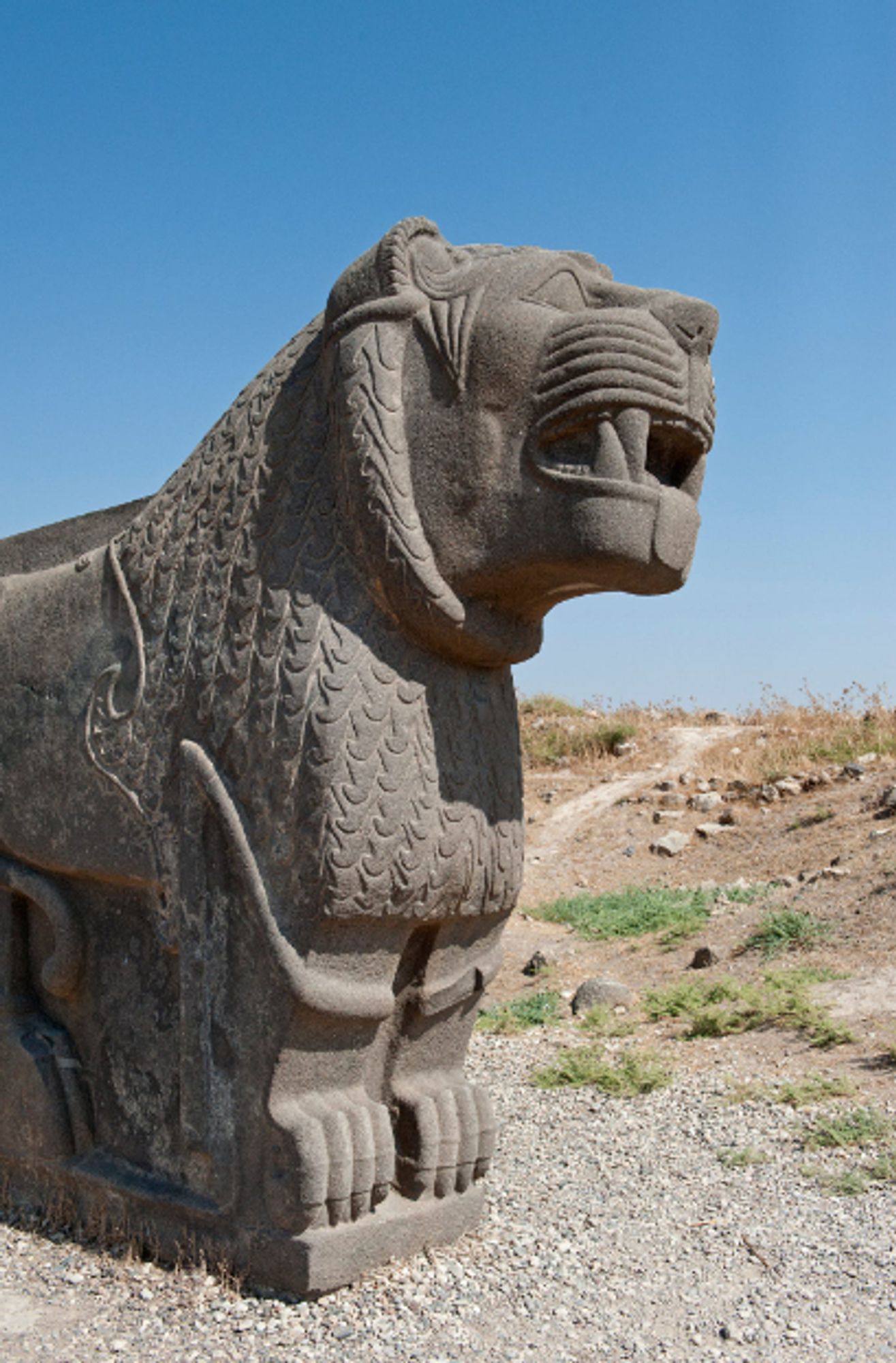
The poet Apollinaire in 1916 after he was wounded during Word War I. He coined the term Surrealism in 1917 to describe that new art movement “When man resolved to imitate walking, he invented the wheel, which does not look like a leg. In doing this, he was practicing surrealism without knowing it.”
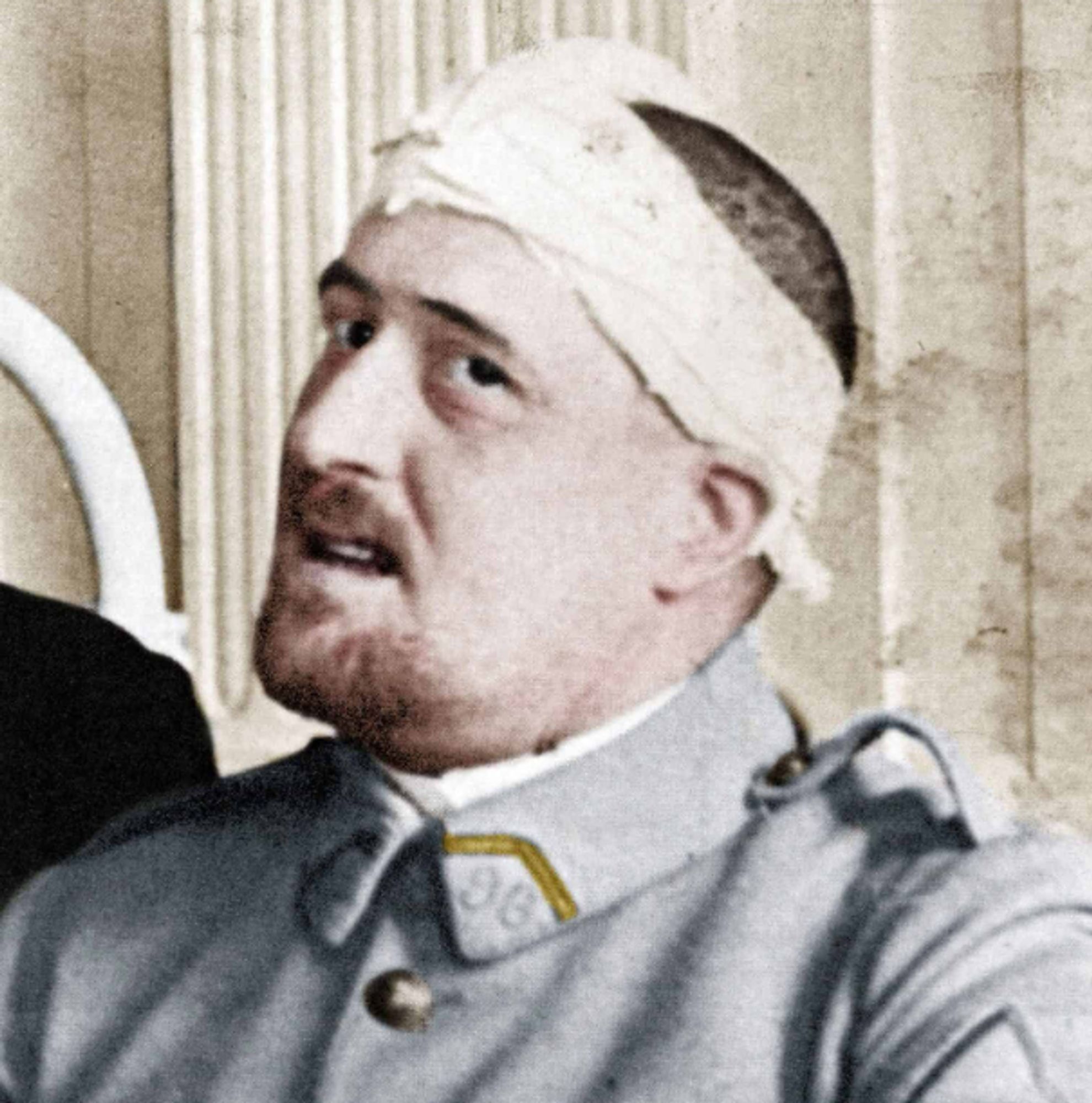
This mural of Julius Caesar is located outside the Roman Walls of Lugo. The city walls are the most complete example of Roman military architecture within the Western Roman Empire. The mural was created by the graffiti and urban artist Diego AS. It was awarded the best mural in the world in 2022 🏺
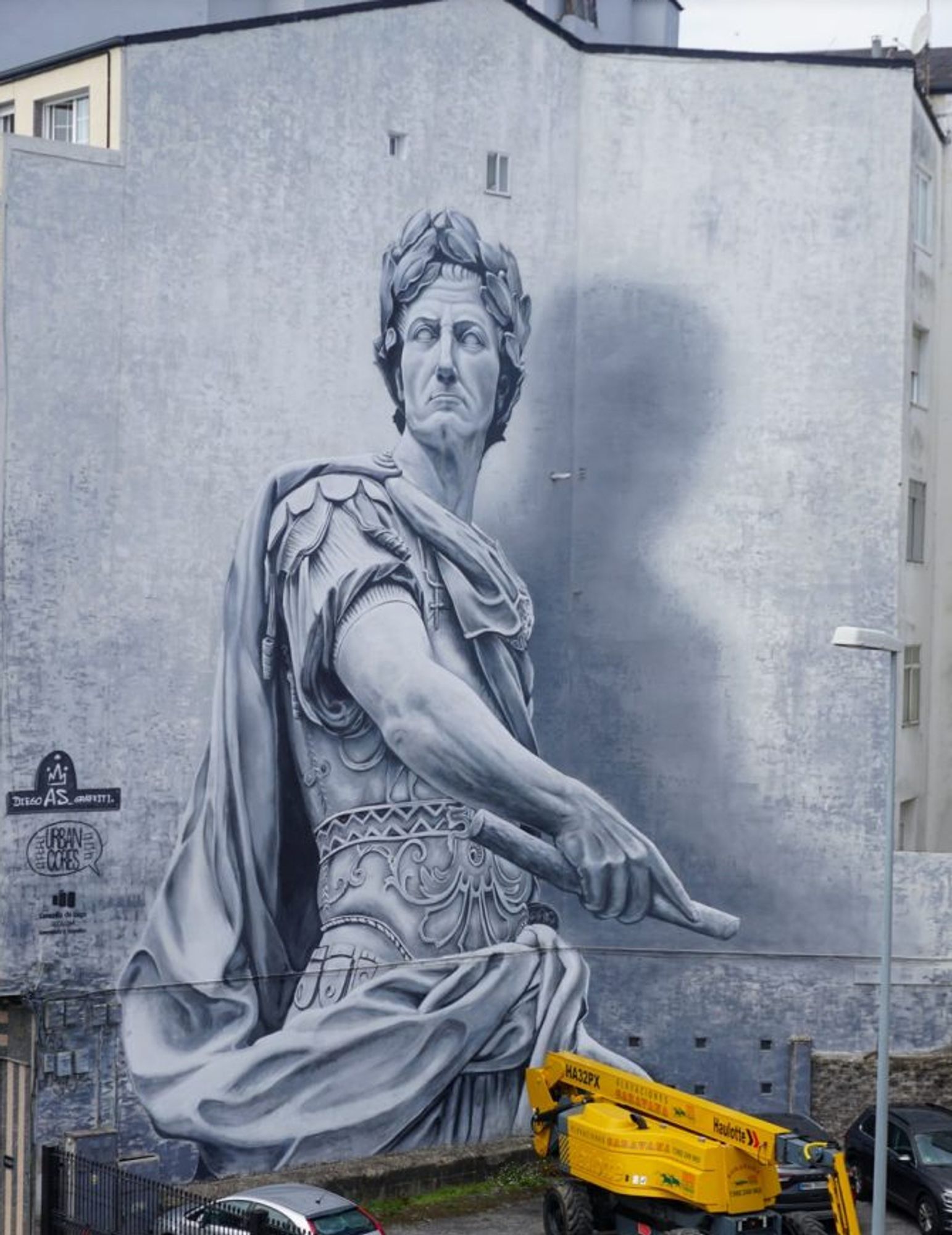
The Roman wall surrounding the city of Lugo in Galicia is the only complete Roman wall remaining. According to legend the Romans built it to protect a forest and not a city, the“Sacred Forest of Augusto”. The walls still contain 85 towers and have survived intact for 18 centuries. ancientbluesky 🏺
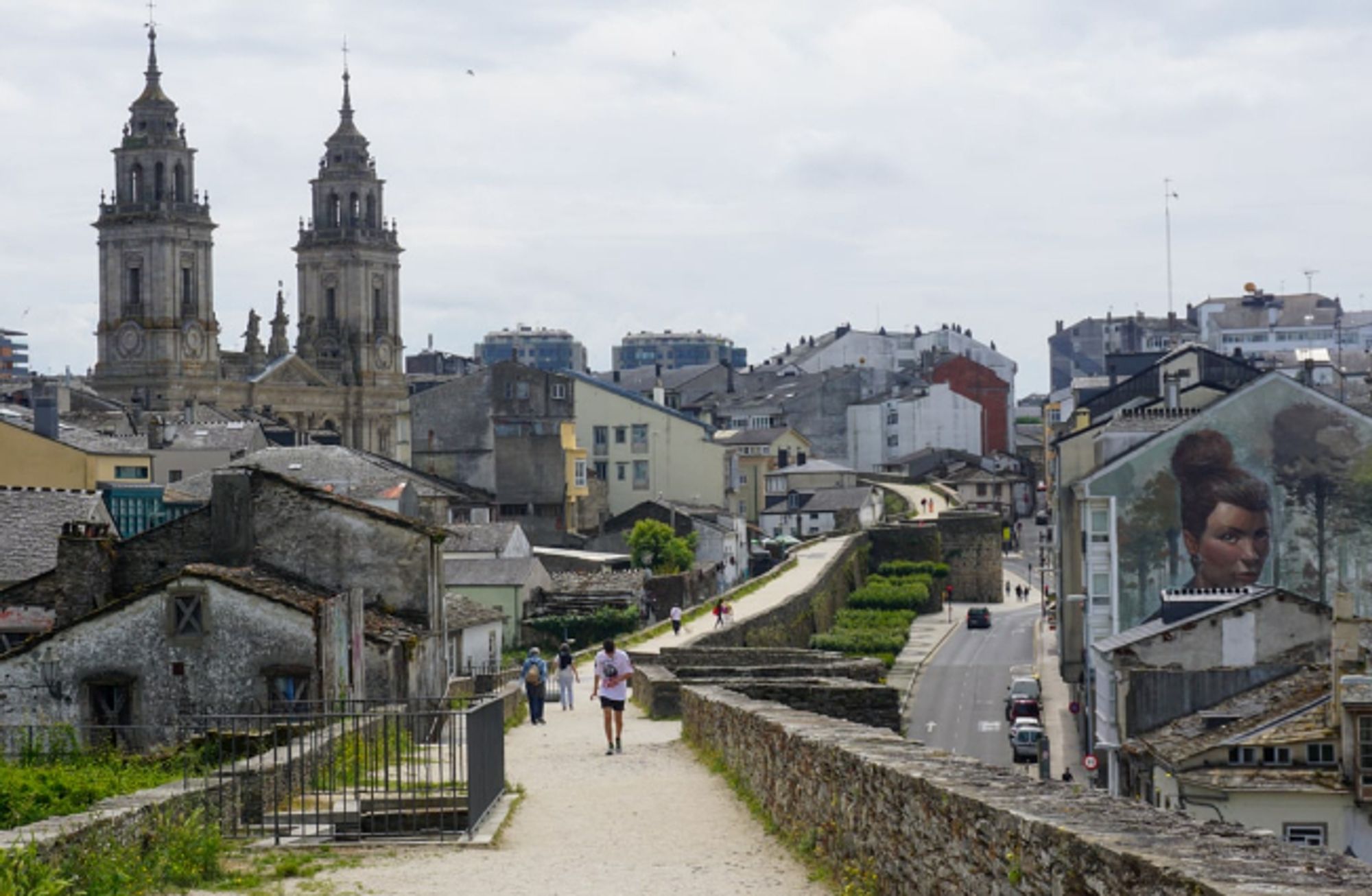
A section of the painting "Scipio presents gifts to the king of Numidia, Massinissa." by the Italian Baroque painter Lazzaro Baldi. (1624-1703) It depicts a scene that I also wrote about in my first novel about Masinissa (1 less S for me!) The jewels Scipio Africanus offers him really sparkle!
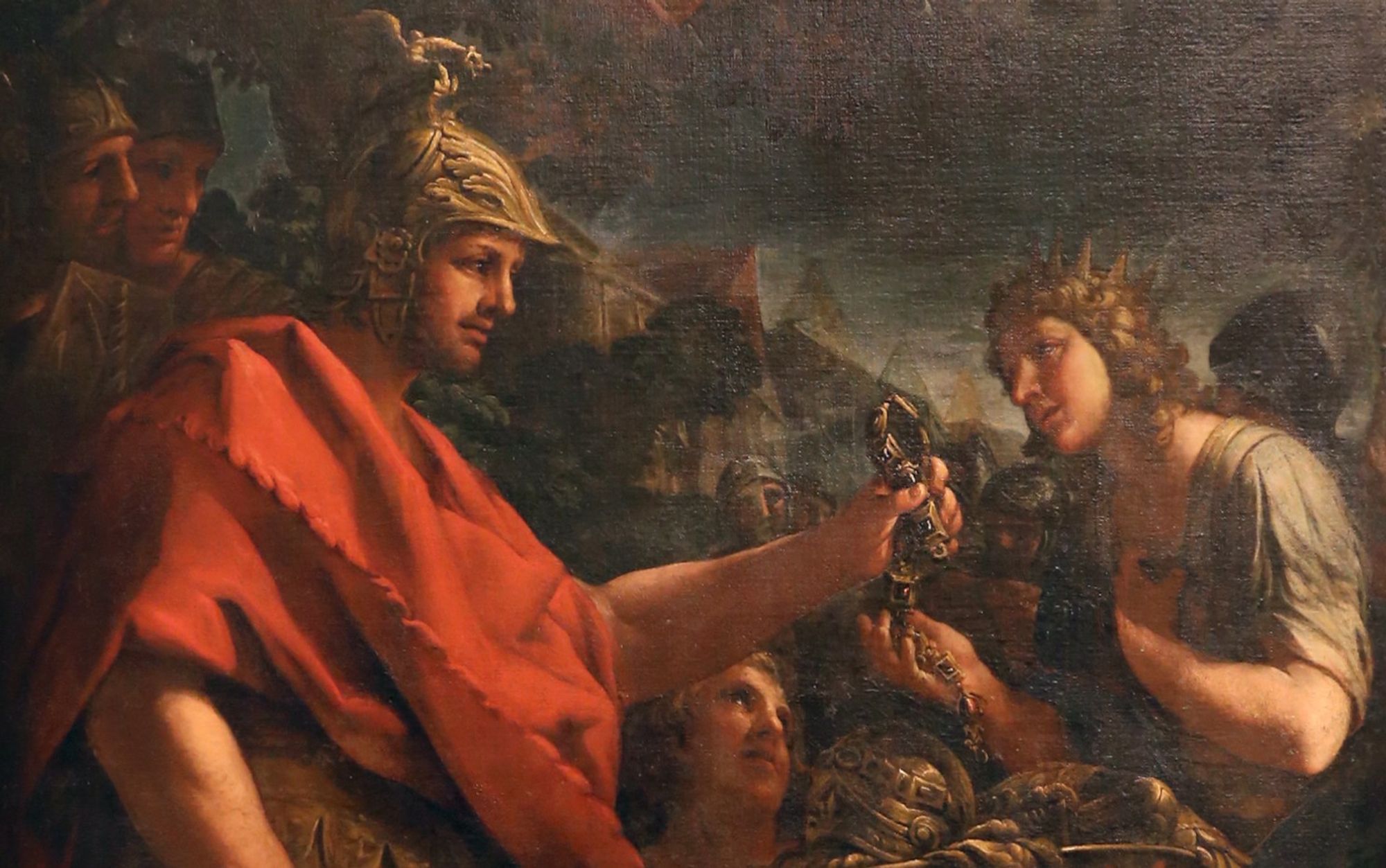
A pair of Etruscan Bronze attachments, circa 5th Century B.C. They depict the 3rd and 4th Labours of Hercules, the capture of the Ceryneian Hind and the Erymanthian boar. The lion skin-clad Heracles is on the left and Iolaus, his charioteer and one of the Argonauts, is on the right. 🏺 ancientbluesky
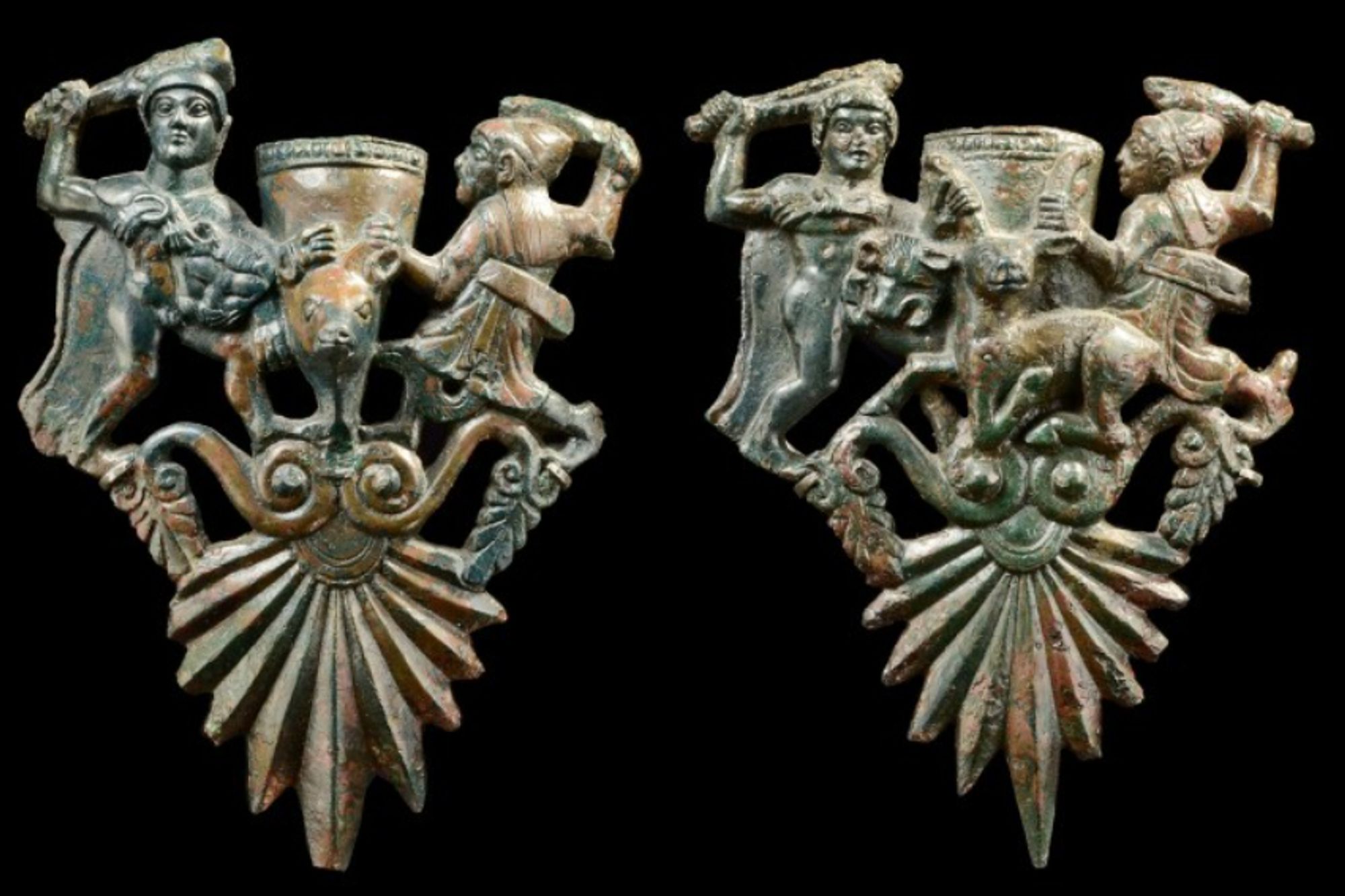
The legacies of Roman Emperors can be varied. Vespasian, known for the Colosseum, is also more humbly associated with public toilets in Italy and France, known as Vespasiano and Vespasienne. This association arose as a result of a tax he imposed upon the collection of urine. ancientbluesky 🏺
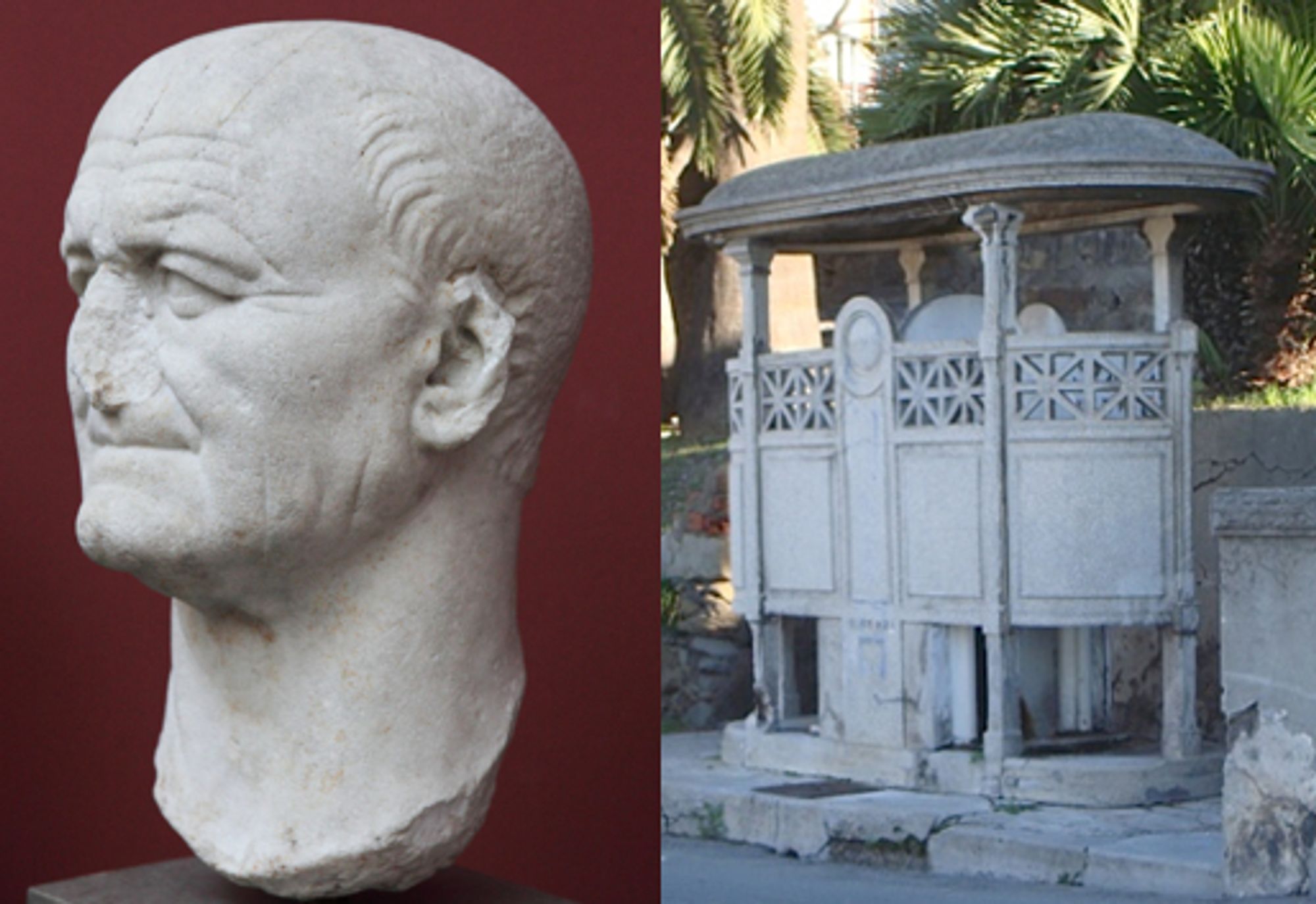
'But now, for the first time, I see you are a man like me. I thought of your hand-grenades, of your bayonet, of your rifle; now I see your wife and your face and our fellowship. Forgive me, comrade. We always see it too late.' Erich Maria Remarque, All Quiet on the Western Front Remembrance
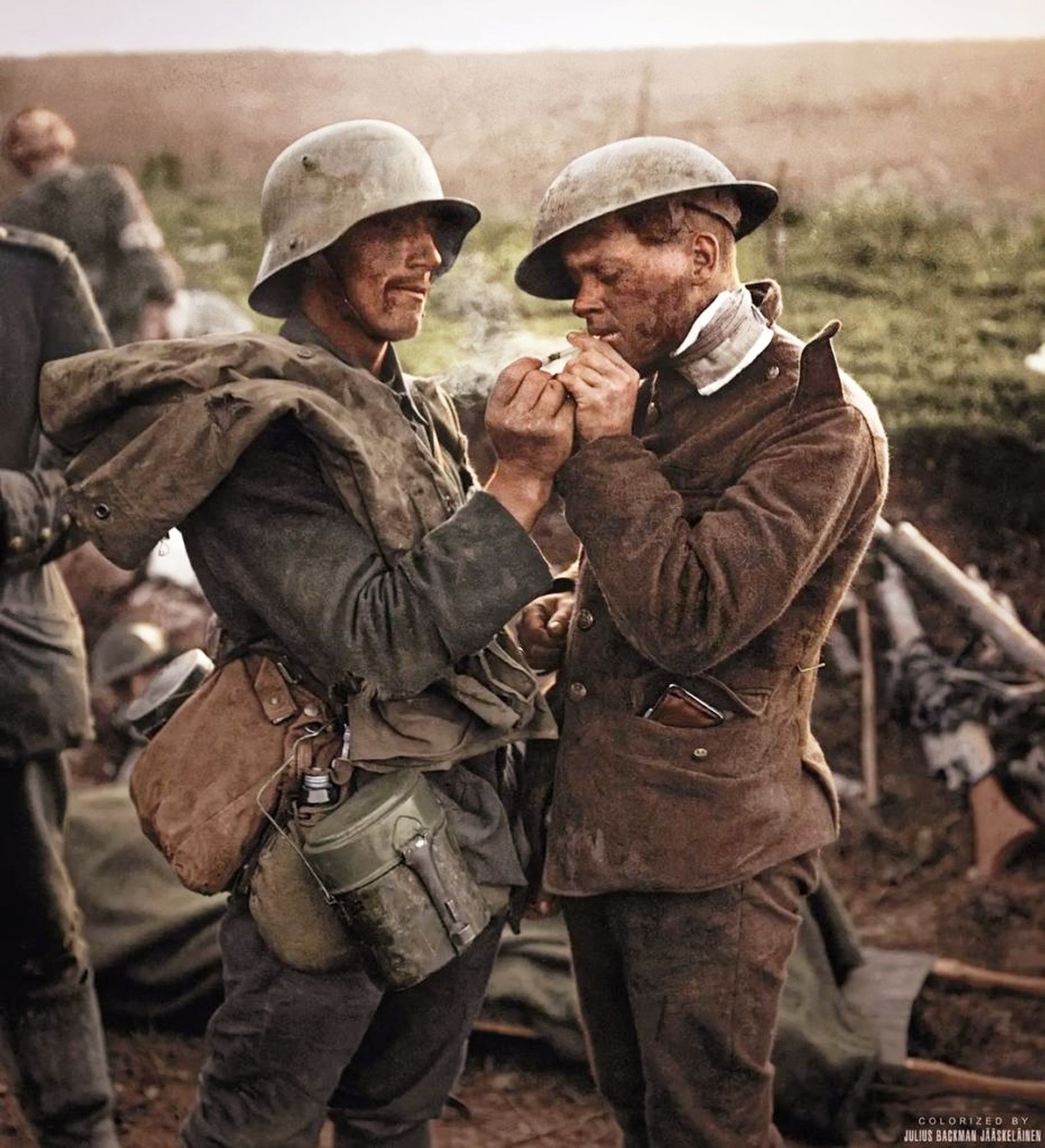
I'm not able to attest to the authenticity of the accents in this video but I was fascinated by the range of ancient languages spoken. The general style seems to resemble the Bee Gees in their heyday, millennia before hairdryers, let alone disco, had been invented! www.youtube.com/watch?v=slDJ...
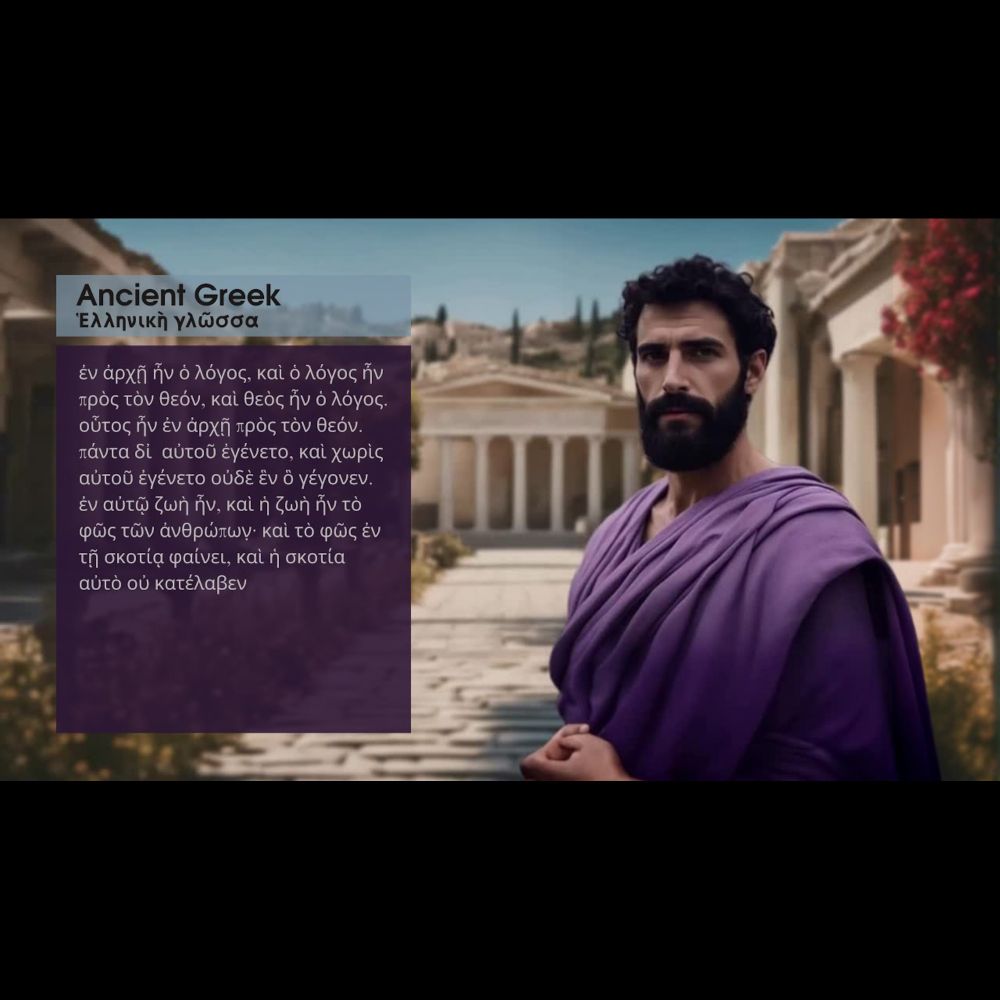
Dive into the fascinating realm of ancient languages with our enthralling video. Encounter the alluring sounds of historical civilizations through the skillf...
